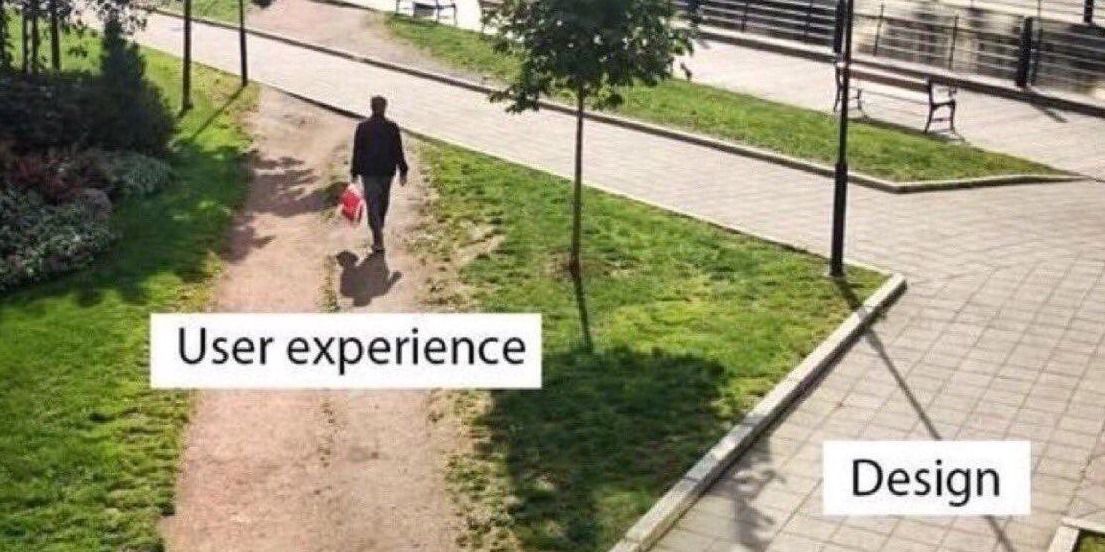

E-commerce is not just a first world phenomenon :
Emerging trends how Tier II and Tier III markets are surpassing the bigger cities
Tuesday May 30, 2017,
4 min Read
The urban sector and in particular the Tier I cities have long been introduced to the comforts of e-commerce and have been relying heavily on it for shopping. The current scenario however, is taking a stronger turn towards m-commerce, especially with the smart phones becoming popular and accessible. An exponential advancement in technology has resulted in rising use of smartphones, tablets, and laptops which is further supported by access to high speed internet through 3G, 4G, and broadband connections. This etail boom has become possible because of big investments pouring into this sector and the growing acceptability of the e-commerce and m-commerce channels.
Factors Influencing Popularity of e-commerce in Tier II & Tier III Cities
India is a confluence of contrasting cultures, where the old and new coexist synergistically. As Tier I cities are getting more and more reliant on the e-commerce and m-commerce players, they have now begun spreading their influence on Tier II and Tier III cities. Due to better job opportunities in Tier I cities, there is a significant migration from Tier II and Tier III cities. It is this phenomenon, combined with the exposure from television, internet, and the social media that leads to a trickle down of trends and aspiration from Tier I to Tier II and Tier III cities. These material aspirations are often not met with, by the local brick & mortar shops in these geographies. In an effort to emulate this coveted lifestyle, more and more people from these cities are turning to e-shopping and teleshopping.
The fact that the e-commerce sites have diversified across all categories from apparel to home, electronics to education, and accessories to cosmetics has popularized them in these cities. E-commerce has, in fact managed to bring the urban and town population at the same level figuratively.
Smartphones and their increased affordability have further made these e-tail and m-retail sites and apps accessible and lucrative as the need for laptops and desktops is diminishing. Also, with more and more businesses expanding their scope to these cities, they have recently experienced an appreciation in income, especially disposable income. There is a shift in the mindset and fears regarding shopping online have been dispelled making it the favoured option in some cases.
These cities are consistently adding more and more technologically savvy consumers. The sheer size of this comparatively untapped market made it lucrative for the e-commerce and m-commerce players. In the recent past we have seen a great upsurge in terms of volume of sales in these cities. There is an element of pride now in shopping through e-retailers, where the buyers from the cities are assured of the the latest in styling, trends, features and design at great prices.
Online shopping offers more than just products to the buyer. It offers experiences of fellow buyers, a comparative chart of prices and features and an option to interact with the store. It also offers myriad deals and discounts which make a great deal of a difference on the buying decision.
Attitude of e-retailers Towards Tier II and Tier III cities
In addition to the established players, start-ups in the e-commerce and m-commerce sector are now realizing the potential of this market and are working to build a penetrative and vigorous supply chain to cater to it. Majority of India’s population is concentrated in these areas and getting connected to the internet by the second.
Impact on Local Businesses & Employment
The growth and penetration of e-commerce sector in these cities has brought some happy side-effects with it. The e-retail market with all its growth and expansion, still needs support of regional suppliers, delivery services and more. As the e-retail sector grows, it takes them along and gives them an evolved structure and opportunity of expanding their business too.
Looking Ahead
An increasing number of people are gradually getting familiar with and adapting to the digital payment methods like online banking, digital wallets and IMPS. This shift and the combined feature of COD is inviting furthermore people to turn to shopping on various e-commerce sites. With these changes in the industry and social scenario, the e-retail sector is only going to grow further and penetrate even the rural market quite effectively.



